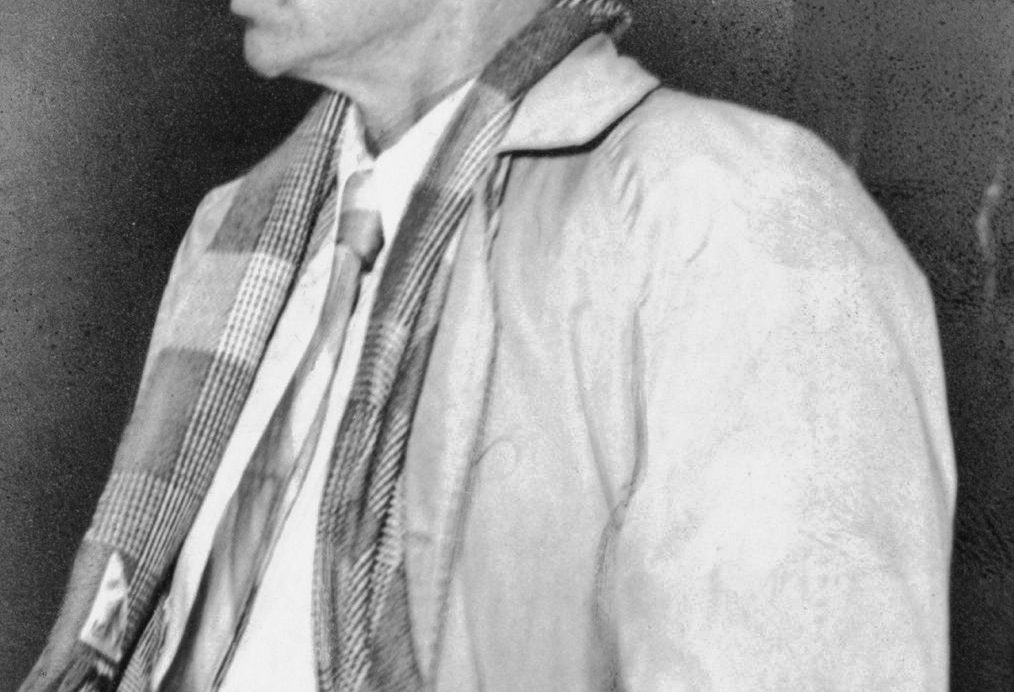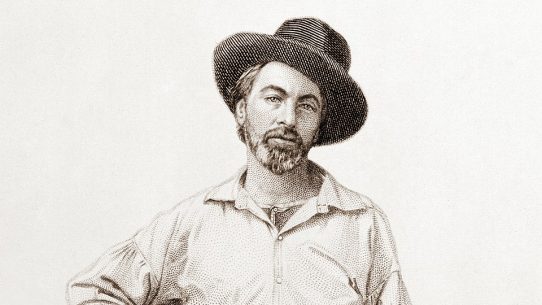Introduction
E. E. Cummings (1894–1962) was one of the most distinctive and inventive poets of the twentieth century.
Renowned for his unconventional syntax, playful typography, and celebration of individuality, Cummings reshaped modern poetry with a voice that was at once lyrical, rebellious, and deeply human. His poems defied grammatical norms, blending romantic emotion with avant-garde experimentation.
Behind his stylistic freedom lay a profound faith in love, imagination, and the resilience of the individual — a belief that art could restore wonder to a mechanized world and affirm the vitality of human experience.
Early Life and Education
Edward Estlin Cummings was born in Cambridge, Massachusetts, into a cultured and supportive family. His father, Edward Cummings, was a Harvard professor and Unitarian minister, while his mother, Rebecca, encouraged his early love of poetry.
By the age of ten, he was already composing verse and illustrating his own writings. He attended Harvard University, where he studied literature and classical languages, graduating magna cum laude in 1915 and completing his M.A. the following year.
At Harvard, Cummings was exposed to modernist ideas and developed a fascination with new artistic movements, particularly Cubism and Futurism. These influences shaped his lifelong interest in visual form and fragmentation.
After graduation, he volunteered for the Norton‑Harjes Ambulance Corps in France during World War I. Wrongly accused of espionage for expressing anti-war sentiments, he was imprisoned for several months in a French detention camp — an experience that profoundly affected his outlook on freedom, humanity, and the absurdity of war, later inspiring his acclaimed autobiographical work The Enormous Room (1922).
Literary Career and Major Works
Cummings’s first major publication, The Enormous Room (1922), was a memoir‑novel based on his wartime imprisonment. Its blend of humor, irony, and compassion established him as a writer of originality and conscience.
That same year, he released his first poetry collection, Tulips and Chimneys (1923), which introduced his distinctive use of lowercase letters, fragmented punctuation, and unconventional spacing — innovations that challenged poetic convention while heightening rhythmic tension, visual energy, and emotional immediacy in his verse.
Throughout the 1920s and 1930s, Cummings published a series of collections — including is 5 (1926), ViVa (1931), and No Thanks (1935) — that confirmed his reputation as a daring stylist. His work celebrated love, nature, individuality, and the vitality of the human spirit.
Even at his most experimental, his poetry retained musicality and emotional clarity. During this time, he also pursued painting and exhibited his work in New York and Paris, blending visual and verbal art into a unified expression of creativity that reflected his belief that poetry, like painting, should be seen as well as felt.
In later years, Cummings’s collections 1 × 1 (1944) and 95 Poems (1958) reflected a more reflective tone, uniting his love of simplicity with philosophical depth. His poems about spring, love, and renewal express an enduring optimism that countered the cynicism of much twentieth‑century literature.
Style, Themes, and Influence
Cummings’s style is instantly recognizable — words arranged like brushstrokes, punctuation scattered like music, and grammar reimagined as art. He employed typographical experimentation not as gimmick but as emotional architecture. By breaking apart syntax and form, he invited readers to rediscover language itself — to feel the energy of words rather than merely read them.
His central themes revolve around love, individuality, innocence, and resistance to conformity. Beneath his playfulness lies a serious moral vision: a defense of creativity and the human heart against mechanized modernity. His frequent celebration of nature, intimacy, and joy stands as a quiet rebellion against societal rigidity.
Cummings’s influence extended far beyond poetry. His innovations inspired later generations of writers, visual artists, and songwriters. Figures from Allen Ginsberg to Bob Dylan admired his freedom of expression. He remains a model of how art can unite intellect and emotion through originality and sincerity.
Later Life and Legacy
Cummings continued to write, paint, and lecture throughout his later life. Though critics sometimes dismissed his eccentricities, audiences adored his readings for their warmth and humor. He received numerous honors, including the Academy of American Poets Fellowship and the Bollingen Prize in Poetry. He also served as a guest lecturer at Harvard, returning to the university that had nurtured his early creativity.
He spent much of his later life with his partner Marion Morehouse, a photographer and model, at their home in New Hampshire. Cummings died of a stroke in 1962, leaving behind a body of work that continues to inspire readers to see language — and life — with renewed wonder.
Notable Works
Among Cummings’s most important works is The Enormous Room (1922), a groundbreaking memoir of war and humanity. His early poetry collections, including Tulips and Chimneys (1923) and is 5 (1926), introduced his typographical innovations and lyrical intensity. Later volumes such as ViVa (1931), No Thanks (1935), and 1 × 1 (1944) deepened his philosophical exploration of love and individuality.
His final collection, 95 Poems (1958), distills his lifelong themes into brief, luminous meditations on joy, mortality, and rebirth. Together, these works define Cummings as one of America’s great originals — a poet who reinvented both language and emotion with irreverence, grace, and unshakable faith in the creative spirit.



